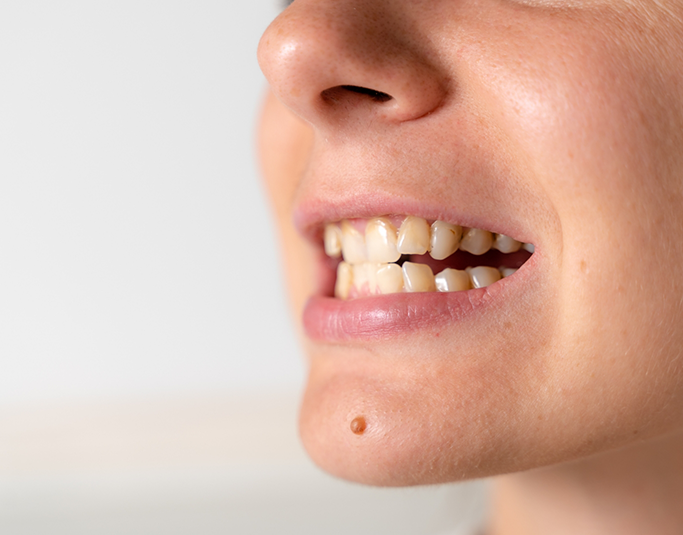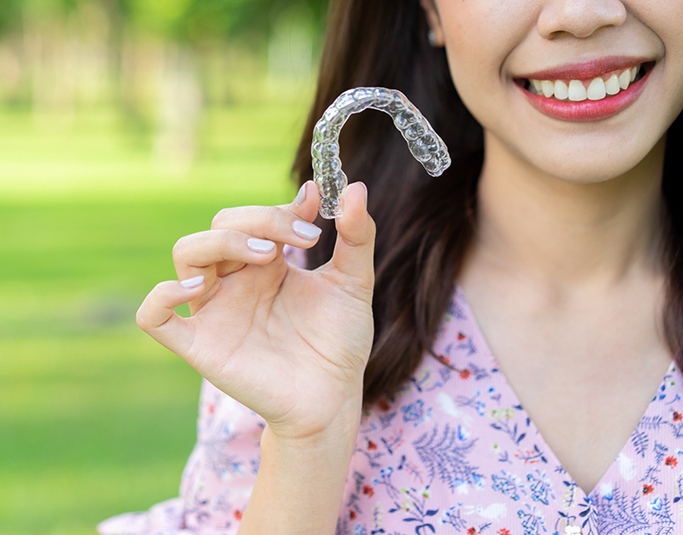Invisalign for Crowded Teeth Windermere
Eliminate Overcrowding with a Clear Solution
Overcrowding is a common orthodontic issue among both teens and adults. When teeth appear to overlap or sit too close to each other, not only will the aesthetic of your smile be hindered, but your oral health can decline. Why? Because harmful bacteria like to maneuver into the tiniest crevices and can be hard to remove when there is inadequate space between teeth. Fortunately, at Windermere Dentistry, our team of professionals can use Invisalign treatment to fix this problem and give you a healthier, more beautiful smile. To learn if you are eligible to start treatment, contact us today to schedule a consultation.
Why Choose Windermere Dentistry for Invisalign?
- Putty-Free, Detailed Digital Impressions
- Additional Financing Options Available
- Braces Alternative for Teens & Adults
What Can Happen If Crowded Teeth Are Left Untreated?

Some of the problems that can develop as a result of crowded teeth include:
- Tooth decay/cavities
- Gum disease
- Misaligned bite
You may discover that brushing and flossing become more difficult when teeth sit too closely together. Once bacteria and food particles enter these small crevices, it can be hard, if not impossible, to remove it, increasing your chances of developing serious dental problems.
How Can Invisalign Help Treat Crowded Teeth?

Once your cosmetic dentist in Windermere has evaluated your oral cavity and discussed your oral health history, we will determine if you are a qualified candidate for Invisalign treatment. If so, the process of creating your customized aligners will begin.
First, our team will take dental impressions of your teeth, creating a mold that will be used by dental lab technicians to create your clear aligners. It is also during this time that we will be able to show you a step-by-step progression of your smile, so you better understand how it will shift and change throughout treatment. After your treatment plan is finalized, you will return to our office after a few weeks to retrieve your new aligners.
Upon receiving your trays, you will also have clear instructions on how to wear your aligners and for how long. Each patient’s needs are different, but on average, you can expect to wear them at least 20-22 hours each day for two weeks at a time. Once you finish one set of trays, you will swap them out for the next set in the series. In the initial days after beginning to wear a new set of aligners, you may feel some minor discomfort, as your teeth will begin to shift and take the shape of your trays. This means you are one step closer to achieving your desired results.
Throughout your treatment, you will be expected to maintain regular dental appointments with our team to ensure everything is moving along smoothly. After wearing your Invisalign aligners for 12-24 months, depending on the severity of your case, you will have achieved a new and improved smile that is free from overcrowding.
